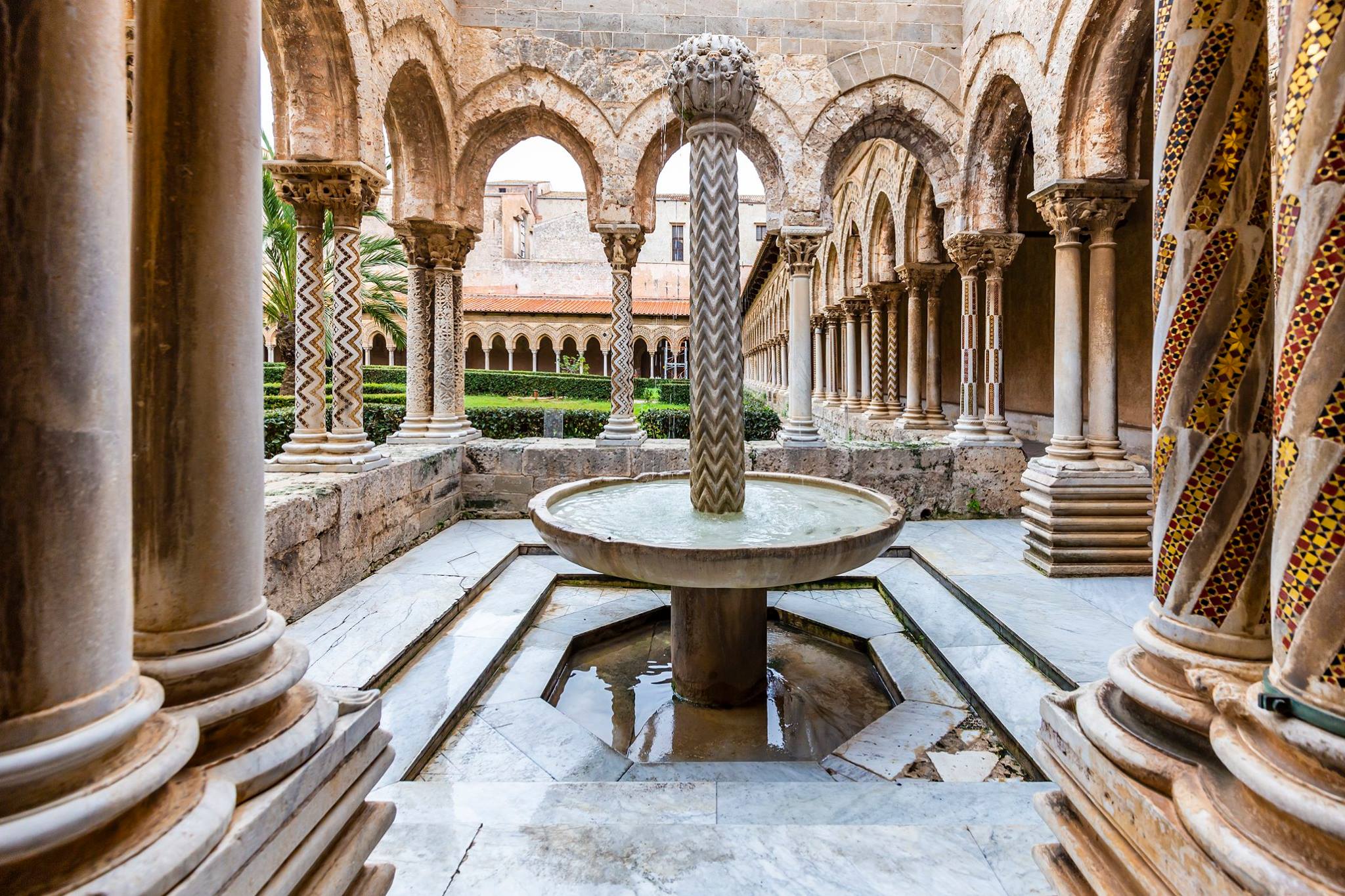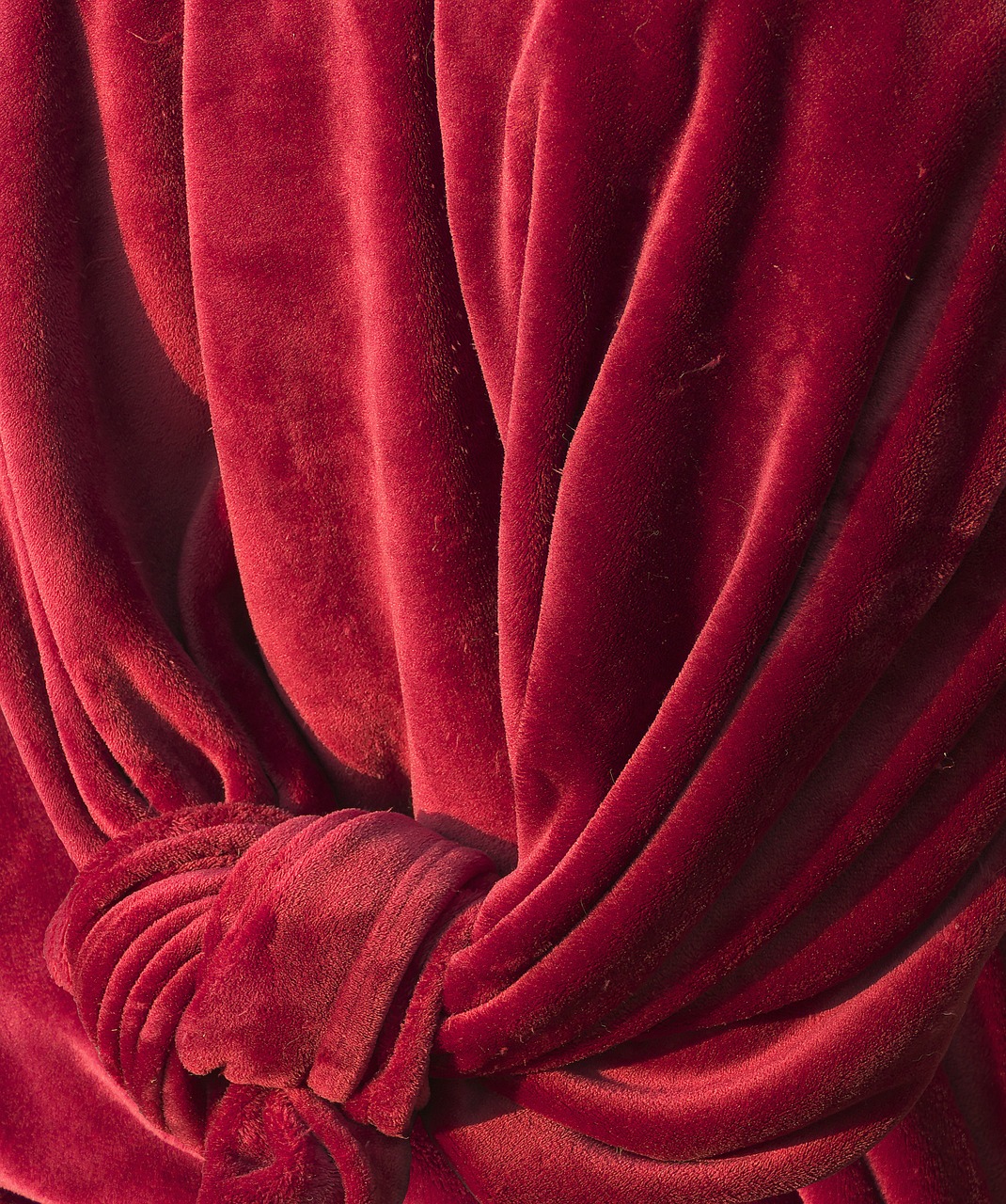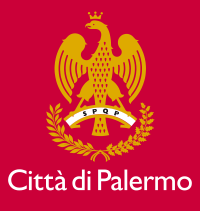.jpeg/eec82310-bc20-c042-bc6e-7a91d7a99cc7?width=1920)
The Sanctuary of Santa Rosalia
Monte Pellegrino has always been considered a sacred mountain
Long before Santa Rosalia took refuge there, Monte Pellegrino was already the centre of deeply felt religious cults, including the one that honoured the goddess Tanit and then other fertility divinities, united by a spring considered to be miraculous.
The water flowed right to the cave where, in the twelfth century, our Santuzza retreated to live. This had long been considered a sacred site, where first a Punic sanctuary was erected (still evidenced today by a small shrine on the wall to the right of the entrance), followed in the Byzantine era by a small church.
Pilgrims used to climb the slopes of the mountain barefoot to pray on an ancient altar (originally built in honour of a pagan deity, later dedicated to the Madonna), drink water from the spring, and collect small stones which they would bring back with them to protect their home and its inhabitants.
The construction of the sanctuary in her honour was started in the seventeenth century, following the discovery of the saint's relics: a building of simple elegance incorporated into the rocks, whose pink facade stands out at the top of a staircase.
Beyond the vestibule, an arch leads to the open-air atrium, where the faithful bring their votive offerings, including a large anchor carried up here by a group of sailors in fulfilment of a vow.
From here you enter the grotto, at the bottom of which, in a glass case surmounted by a marble canopy, lies the marble statue of the sleeping Rosalia, with her dress and gold foil crown of roses donated by King Charles III of Bourbon.
The building by the sanctuary, originally a Franciscan convent, is now entrusted to the Opera Pia Don Orione. Some of the rooms contain a small museum displaying the saint's treasure: votive offerings of different origins and eras, sacred furnishings, reliquaries, statues and paintings.
The sanctuary is the final destination of the acchianata, the pilgrimage on foot that devotees perform on the night between September 3 and 4 (the day the Church celebrates Santa Rosalia).
Following tradition, some of them walking barefoot, they retrace the path ordered by the Senate of Palermo between the seventeenth and eighteenth centuries to allow citizens to reach the sanctuary more easily.
The road was built on the southern side of the mountain, using audacious ramps, arches and pylons to overcome the uneven ground, as an increasingly panoramic view over the sea and the city unfolds. It is part of the Itinerarium Rosaliae, the walking route that connects Palermo with the cave of Santo Stefano Quisquina.
At some points the route intersects the paved road that was planned at the end of the nineteenth century and built between 1903 and 1924.
The road arrives at the square in front of the sanctuary and continues up to the highest point of the mountain, where a statue of Santa Rosalia stands facing the sea, the work of Benedetto De Lisi Jr. (1964). The view from the top sweeps unimpeded over the entire Gulf of Palermo.
Opening time
Visits to the Sanctuary: from Monday to Saturday from 9.00 to 18.00 - Sundays and holidays from 8.00 to 19.00
Holy masses: weekdays from Monday to Saturday at 17.00 (18.00 with daylight saving time) - Sunday and holidays 11.00 and 17.00 (18.00 with daylight saving time)
Opening hours may vary. Check the official website for updates.








